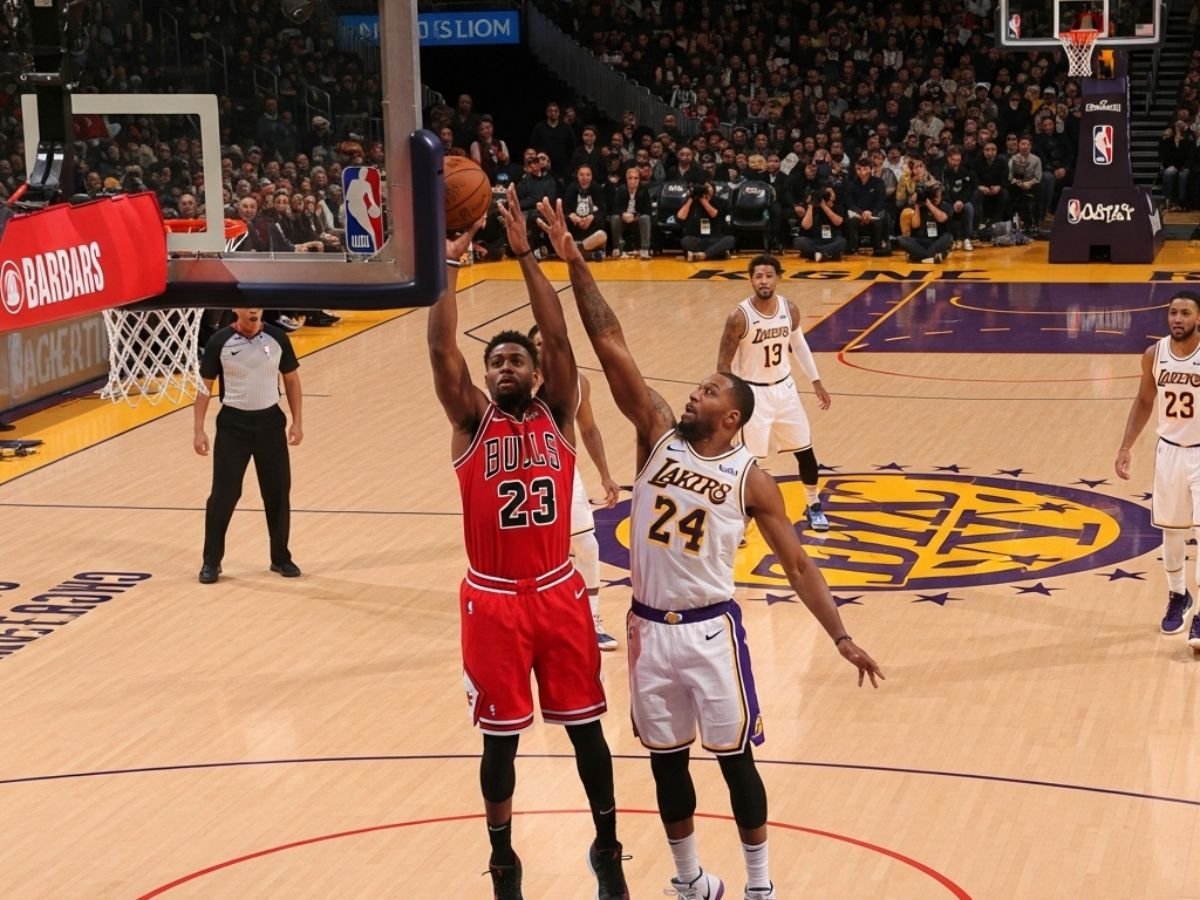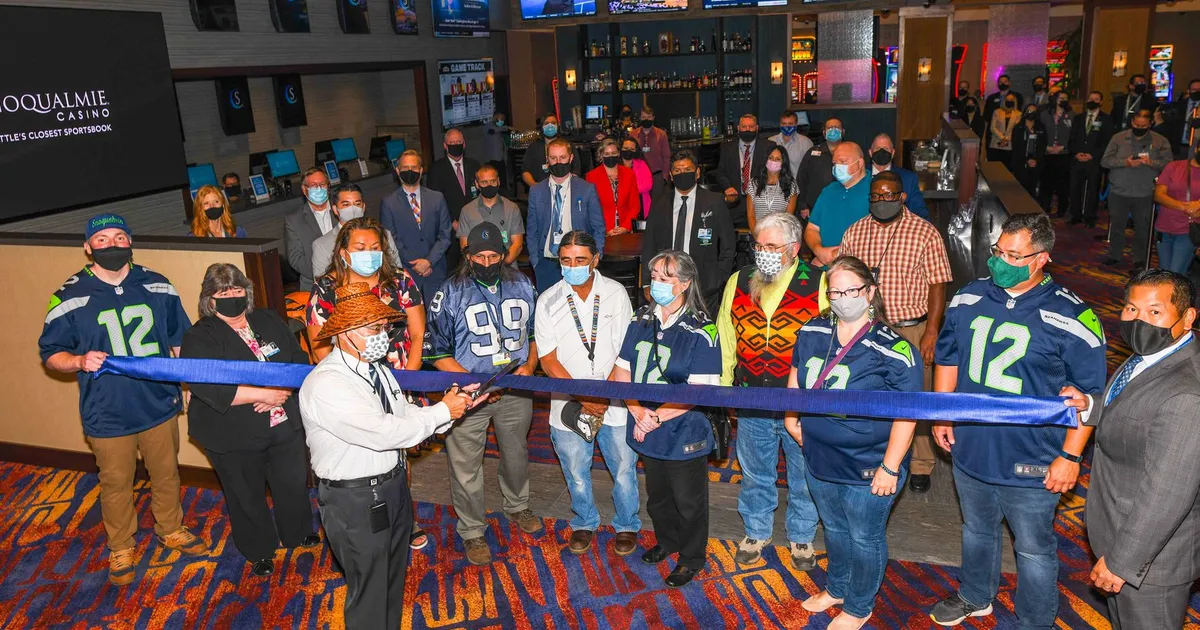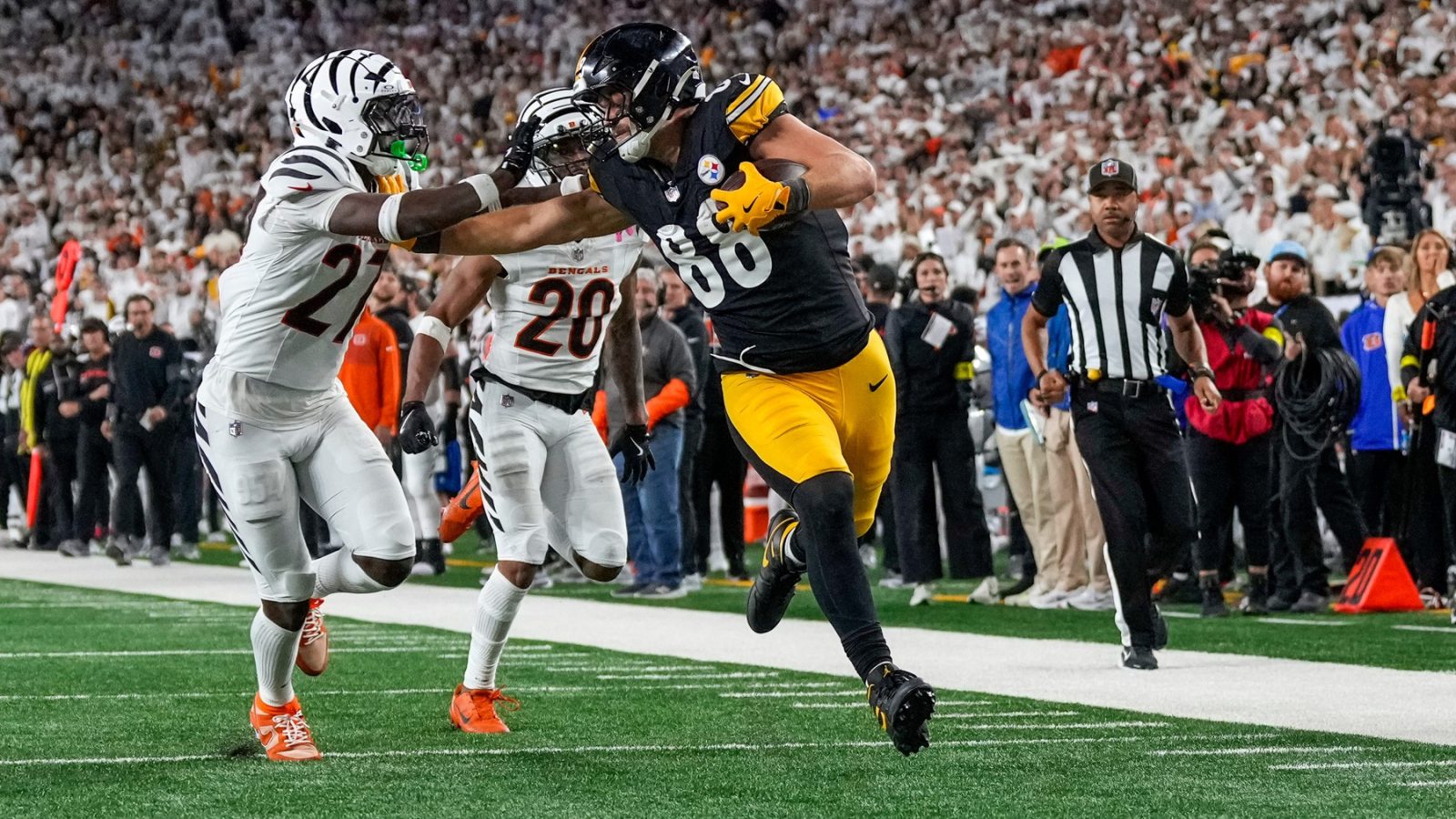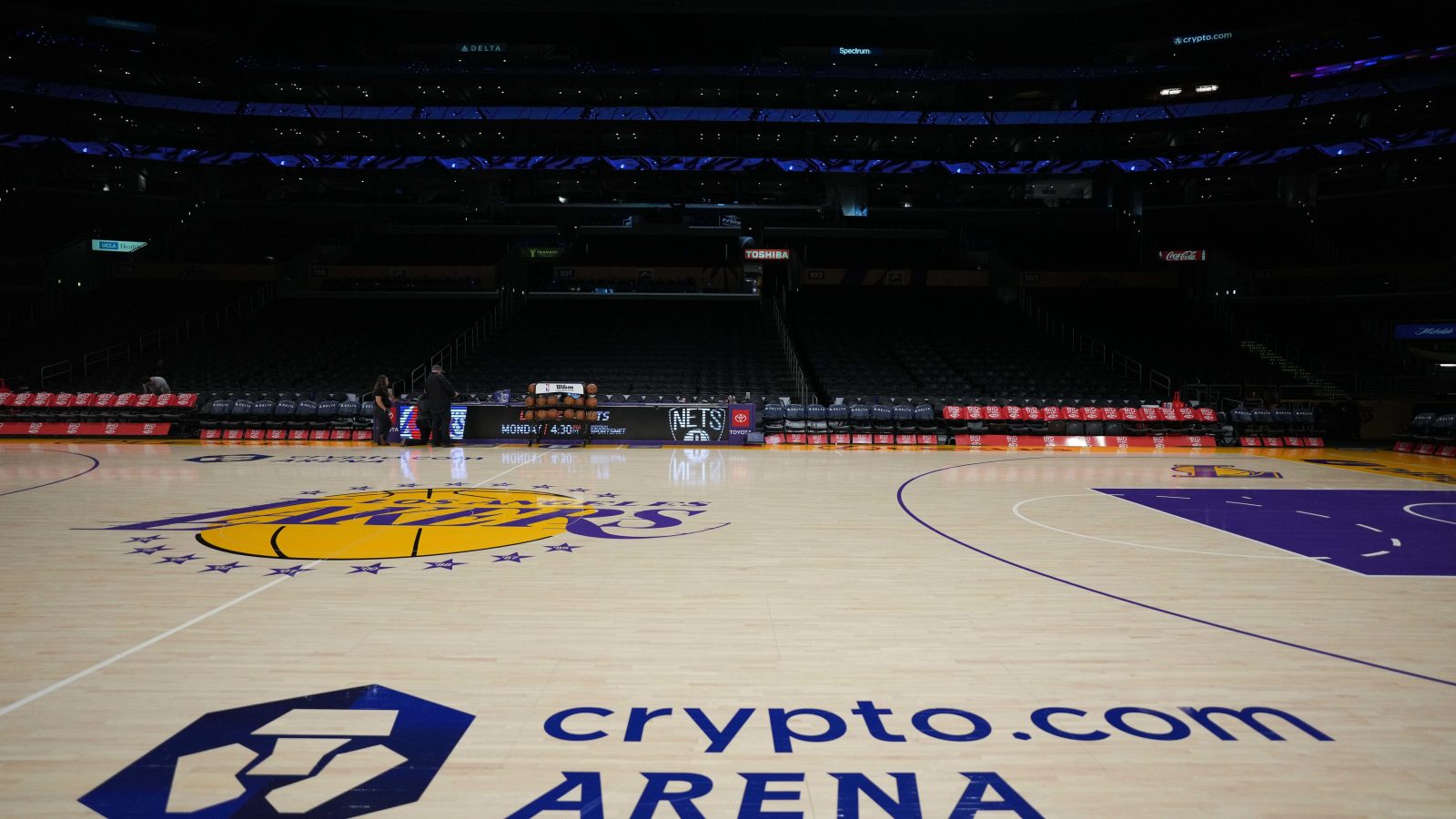If you’ve been betting on the NBA for more than a season, you already know how unpredictable basketball can be. One night, a title favorite blows a 15-point lead to a lottery team. The next, a backup guard drops 35 points out of nowhere. It’s this chaos that makes the NBA both exciting, and frustrating, for bettors.
But here’s the truth: despite the noise, some NBA betting systems still hold up in 2025. While algorithms and sportsbooks have evolved, a few time-tested approaches continue to deliver steady profits for disciplined bettors. These aren’t get-rich-quick tricks, they’re data-backed frameworks that help you think like a sharp, not a fan.
Also Read: How to spot overreactions in NFL betting after big wins or losses
Let’s break down the best NBA betting systems that continue to work today, and how you can use them this season.
1. Fade the public on nationally televised games
Casual bettors love big names and prime-time matchups. When LeBron, Curry, or Giannis are on national TV, public money tends to flood toward the favorites. Sportsbooks know this, and they shade the lines accordingly.
The “fade the public” system still works in 2025, especially in games with heavy media attention. Historically, betting against overhyped teams in prime-time games has produced long-term positive returns. The key is to identify when a line moves heavily toward the popular side (usually 70%+ of public bets) and take the other direction.
👉 Pro tip: Track betting splits on major sportsbooks or line movement tools to spot inflated spreads before tip-off.
2. The rest advantage system
NBA scheduling continues to impact outcomes more than fans realize. Teams playing on the second night of a back-to-back, especially on the road, still underperform the spread compared to rested opponents.
In 2025, this trend remains strong even as load management increases. Bettors who systematically back teams with at least one more day of rest than their opponent have consistently found value.
It’s not glamorous, but it works. Rest equals efficiency, and efficiency wins spreads.
3. Betting unders in early-season games
Every October, bettors rush to hammer overs, expecting highlight-reel offense from Day 1. But history says otherwise.
Defenses tend to be sharper than offenses early in the season, while teams experiment with rotations and pace. The “early-season under” system continues to cash in during the first few weeks of each new campaign.
Also Read: Reload bonuses explained: How US sportsbooks reward loyal players
Look for totals above 225 in October and November, these often provide inflated numbers that haven’t adjusted to real game rhythm yet.
4. The “revenge game” angle, when emotion meets value
While data models drive most sharp action, the emotional side of basketball can’t be ignored. Players and teams often elevate their effort against former teams or rivals who recently embarrassed them.
In 2025, the “revenge game” system still creates value when it overlaps with favorable situational factors — such as home advantage, rest, or recent underperformance.
Betting blindly on revenge isn’t smart. But when combined with trends and motivation spots, it remains one of the few “human” angles that AI-driven odds can’t fully price in.
5. First-half betting systems for strong starters
NBA teams like the Celtics, Nuggets, and Thunder have consistently dominated first halves but sometimes fade late due to rotation depth or pacing strategies.
This is where the first-half betting system shines. Instead of wagering full game spreads, bettors target first-half lines to capture the early edge of elite starting units.
Data since 2022 shows certain teams covering the first-half spread over 60% of the time during specific stretches, a profitable trend for those tracking consistency.
6. The line movement system
Sharp bettors rely on reverse line movement, when the betting line moves in the opposite direction of public money.
Example: 70% of bets are on the Lakers -5, but the line drops to -4.5. That usually means professional money (the sharps) is backing the underdog.
Tracking these subtle shifts helps identify where smart money is going. In 2025, tools like Action Network and OddsJam have made it easier for regular bettors to follow this strategy effectively.
In 2025, NBA betting is smarter, faster, and more algorithmic than ever, but human behavior hasn’t changed. Public bias, fatigue, and overreaction still create opportunity.
The best NBA betting systems that stand the test of time are those rooted in discipline and data, not emotion. By combining time-tested methods, like fading the public, playing rest edges, and reading line movement, you can tilt the odds slightly in your favor.
And in a league as unpredictable as the NBA, that small edge is what separates bettors who survive from those who chase losses all season long.
FAQs
1. Do NBA betting systems really work in 2025?
Yes, but only if you apply them consistently and manage your bankroll. These systems improve your decision-making, not guarantee wins.
2. What’s the most profitable NBA betting system right now?
Fading the public on high-profile games and betting with rest advantages remain the two most reliable systems over the past few seasons.
3. Can I use AI tools for NBA betting?
You can, but remember that AI doesn’t account for last-minute lineup changes or human motivation. Use it as support, not as your full strategy.
4. Should I follow trends or stats?
Both matter. Trends reveal human patterns; stats show performance. The best bettors blend them intelligently.
5. How much should I bet per game?
Stick to 1–3% of your total bankroll per bet. Consistency and discipline are far more important than chasing big wins.








